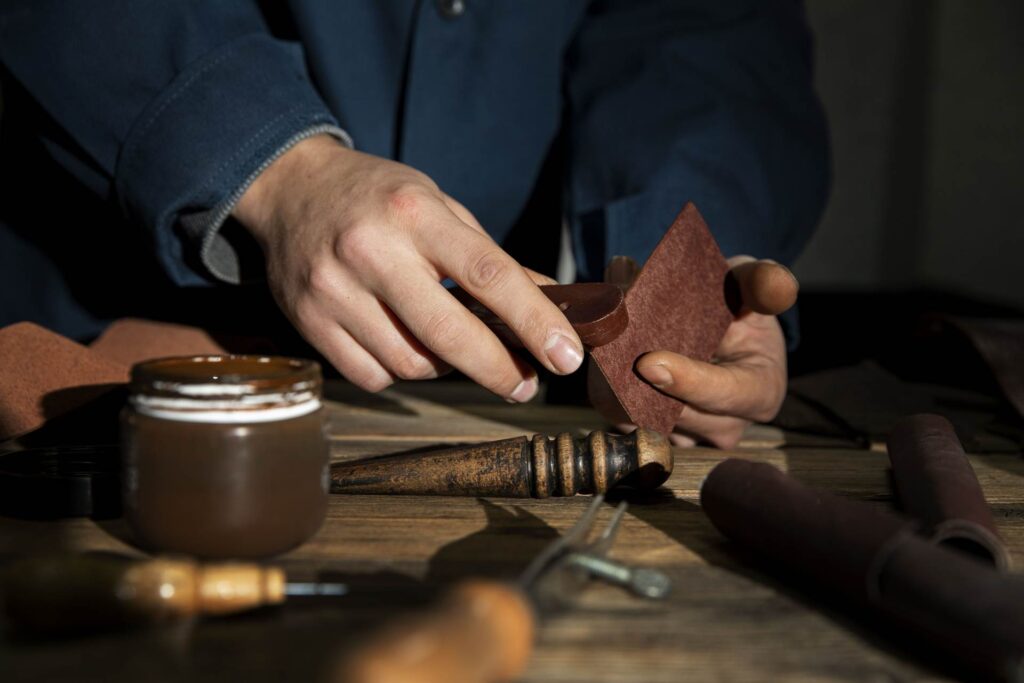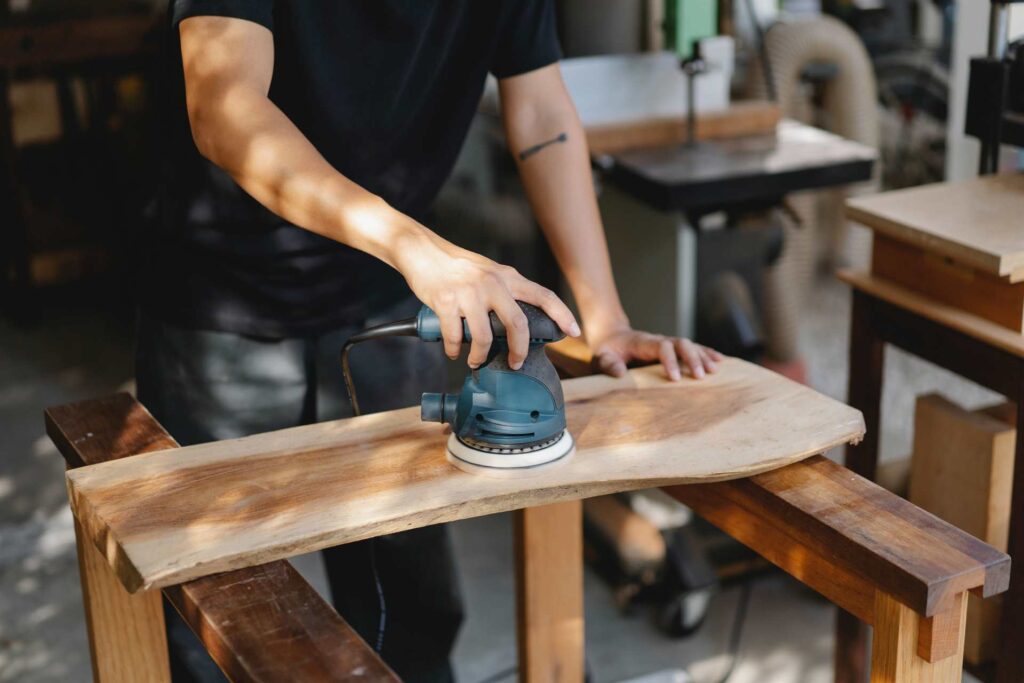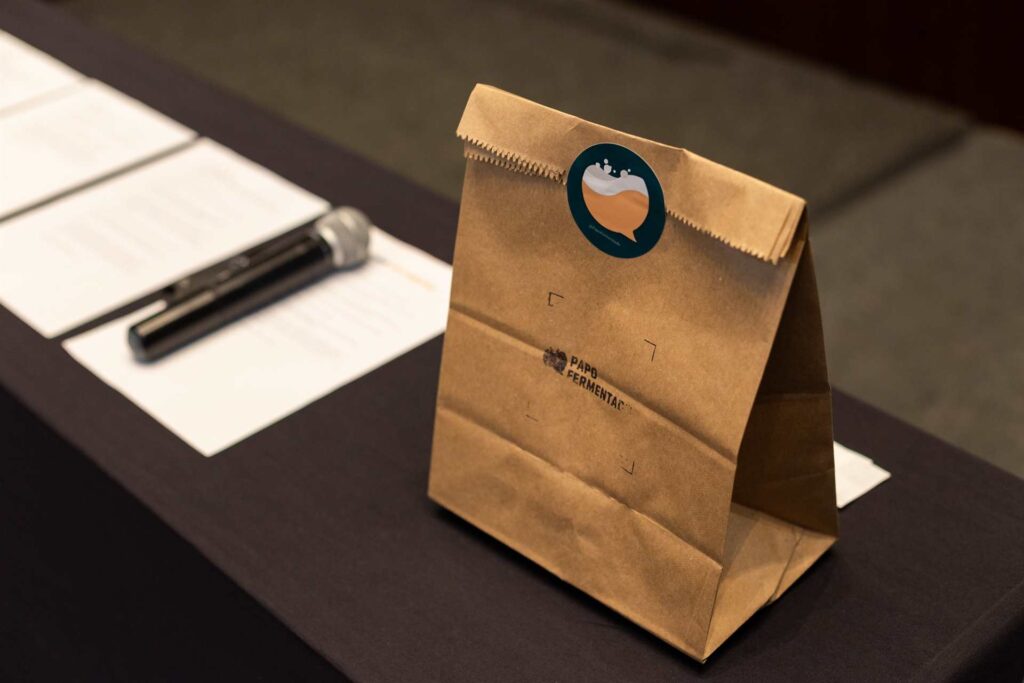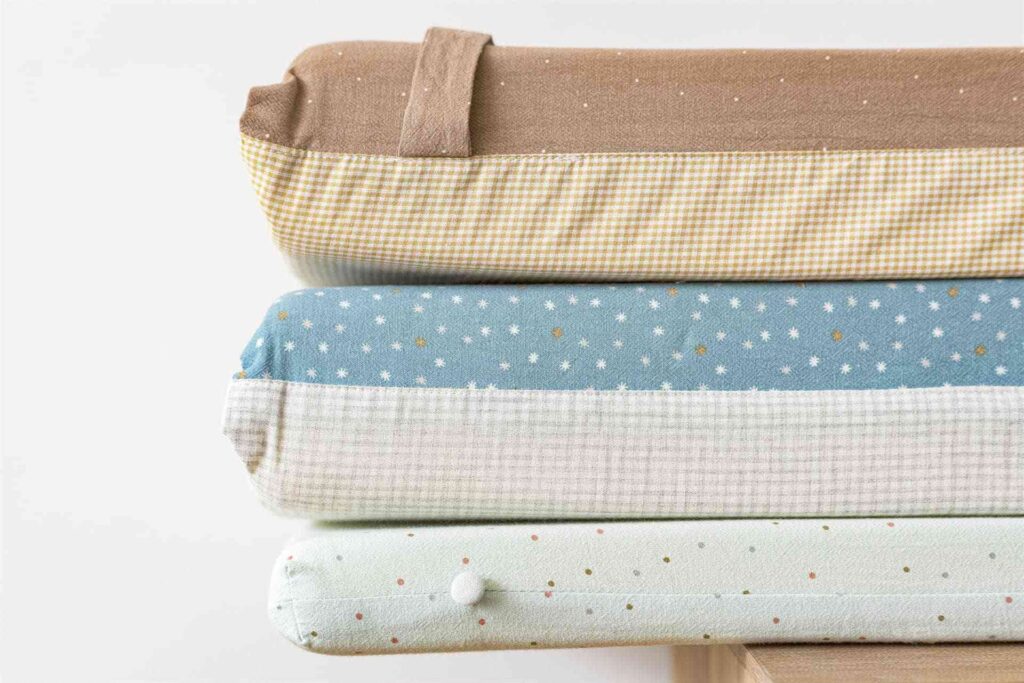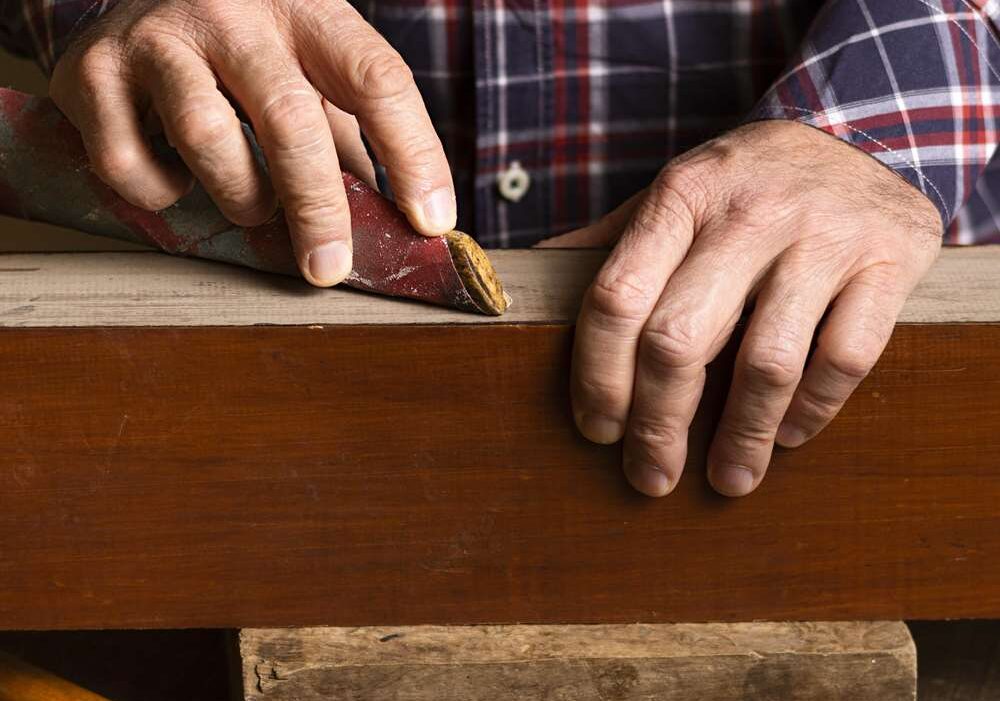Are you a woodworking enthusiast searching for the perfect adhesive for your projects? Look no further – we have the ultimate guide to help you choose the right woodworking adhesive. Whether you’re new to woodworking or an experienced craftsman, selecting the right adhesive is crucial for achieving durable and long-lasting results.
In this comprehensive guide, we will walk you through everything you need to know about woodworking adhesives. From understanding the different types of adhesives, such as PVA (Polyvinyl Acetate), epoxy, cyanoacrylate, and polyurethane, to learning about their unique characteristics and applications, we’ve got you covered.
We will also explore important considerations to keep in mind before making your selection. Factors such as project type, wood species, durability, ease of use, and safety will be discussed, ensuring that you make an informed decision.
By the end of this guide, you will have a clear understanding of the various woodworking adhesive options available and be equipped to choose the perfect one for your needs. So let’s dive in and discover how to achieve a strong and reliable bond for your woodworking projects.
Types of woodworking adhesives
Woodworking adhesives come in various types, each with its own set of properties and applications. Let’s take a closer look at the most common types:
- PVA (Polyvinyl Acetate) Adhesives
PVA adhesives are widely used in woodworking due to their versatility and ease of use. They are available in both white and yellow forms, with the yellow variant being more water-resistant. PVA adhesives are great for general woodworking projects, such as joining boards, laminating, and veneering.
- Epoxy Adhesives
Epoxy adhesives are known for their exceptional strength and durability. They consist of two components – resin and hardener – which need to be mixed together before application. Epoxy adhesives are ideal for bonding wood to other materials, filling gaps, and repairing damaged wood.
- Cyanoacrylate Adhesives
Cyanoacrylate adhesives, commonly known as super glue, are fast-setting and provide a strong bond. They are perfect for small woodworking projects that require quick and precise adhesive application. Cyanoacrylate adhesives work well on various surfaces, including wood, metal, and plastics.
- Polyurethane Adhesives
Polyurethane adhesives are known for their exceptional strength and resistance to moisture. They create a strong bond that can withstand temperature changes and heavy loads. Polyurethane adhesives are commonly used for outdoor woodworking projects, such as furniture and decks.
Understanding the properties of different woodworking adhesives
To choose the right adhesive for your woodworking project, it’s crucial to understand the properties of each type. Let’s delve deeper into the unique characteristics of woodworking adhesives:
- PVA (Polyvinyl Acetate) Adhesives
PVA adhesives are known for their ease of use and affordability. They have a relatively long open time, allowing for adjustments during assembly. PVA adhesives also have good gap-filling properties and are non-toxic, making them safe for indoor use. However, they are not suitable for applications exposed to water or high moisture levels.
- Epoxy Adhesives
Epoxy adhesives offer exceptional bonding strength and versatility. They have a short open time, requiring quick assembly after application. Epoxy adhesives cure to a rigid and durable finish, making them suitable for heavy-duty applications. However, they can be more challenging to work with due to the need for precise mixing ratios.
- Cyanoacrylate Adhesives
Cyanoacrylate adhesives are known for their quick-setting properties. They provide an instant bond and cure within seconds. Cyanoacrylate adhesives are ideal for small woodworking projects that require fast results. However, they can be brittle and may not be suitable for applications exposed to high impact or stress.
- Polyurethane Adhesives
Polyurethane adhesives offer excellent strength, flexibility, and resistance to moisture. They have a long open time, allowing for adjustments during assembly. Polyurethane adhesives expand as they cure, filling gaps and creating a strong bond. However, they can be messy to work with, requiring careful application and cleanup.
Factors to consider when choosing a woodworking adhesive
When selecting a woodworking adhesive, several factors should be taken into consideration. Let’s explore the key considerations that will help you make an informed decision:
- Project Type
Consider the nature of your woodworking project. Is it a small craft project or a large furniture piece? The size and complexity of the project will determine the type of adhesive needed.
- Wood Species
Different wood species have varying levels of porosity and moisture content. It’s important to choose an adhesive that works well with the specific wood species you are working with.
- Durability
Consider the expected lifespan and usage of your woodworking project. If it will be exposed to heavy loads or environmental factors, choose an adhesive with superior durability.
- Ease of Use
Consider your skill level and the ease of application of the adhesive. Some adhesives require precise mixing ratios or quick assembly, while others offer more forgiving application processes.
- Safety
Always prioritize safety when working with adhesives. Consider any health hazards, such as toxic fumes or skin irritations, and choose adhesives that are safe for your intended use.
Common uses for woodworking adhesives
Woodworking adhesives find applications in various woodworking projects. Here are some common uses for different types of woodworking adhesives:
- PVA (Polyvinyl Acetate) Adhesives
– Joining boards and laminating surfaces
– Veneering and edge banding
– Assembling cabinets and furniture
- Epoxy Adhesives
– Bonding wood to other materials, such as metal or glass
– Filling gaps and repairing damaged wood
– Creating durable and water-resistant finishes
- Cyanoacrylate Adhesives
– Bonding small wooden parts, such as dowels or trim
– Repairing delicate woodwork, such as intricate carvings
– Securing loose joints or small cracks
- Polyurethane Adhesives
– Building outdoor furniture and decks
– Assembling outdoor structures, such as pergolas or sheds
– Bonding wood in high-moisture environments
Step-by-step guide to using woodworking adhesives
Now that you have a good understanding of the different types of woodworking adhesives and their applications, let’s walk through a step-by-step guide on how to use them effectively:
- Prepare your work area by ensuring it is clean and free from dust or debris.
- Select the appropriate adhesive based on your project’s requirements and the considerations discussed earlier.
- Follow the manufacturer’s instructions on preparing and applying the adhesive. This may include mixing ratios, surface preparation, and application techniques.
- Apply the adhesive evenly and avoid excessive amounts to prevent squeeze-out and messy joints.
- Assemble the pieces to be bonded and apply clamping pressure, if necessary, to ensure a tight fit.
- Clean up any excess adhesive promptly using the recommended solvents or methods.
- Allow the adhesive to cure according to the manufacturer’s instructions before subjecting the project to stress or further processing.
Safety precautions when working with wood working adhesives
While wood working adhesives are generally safe to use, it’s important to take proper safety precautions to protect yourself and others. Here are some safety tips to keep in mind:
– Read and follow the manufacturer’s safety instructions and guidelines.
– Work in a well-ventilated area or wear appropriate respiratory protection when necessary.
– Wear protective gloves and eye protection to prevent skin contact and eye injuries.
– Avoid inhaling fumes or vapors by using a respirator or working in a well-ventilated space.
– Store adhesives in their original containers and keep them out of reach of children and pets.
How Superbond can help in wood working adhesives.
Our Super Melt® range of Hot Melts are high-performing, EVA-based adhesives designed for edge banding applications. They can be used for bonding materials like PVC, ABS or wood-veneer to substrates like particle boards or MDF for a finished appearance.
Our Product Grades:
SM 101A, SM 103, SM 104A, SM 108W, SM 109U, SM 121G, SM 122N
Applications:


Conclusion: Choosing the right wood working adhesive for your project
In conclusion, selecting the right wood working adhesive is crucial for achieving strong and reliable bonds in your woodworking projects. By understanding the different types of adhesives, their properties, and the factors to consider, you can make an informed decision.
Remember to choose an adhesive that suits your project type, wood species, durability requirements, ease of use, and safety considerations. Follow the step-by-step guide for effective application, and always prioritize safety when working with adhesives.
With this comprehensive guide in hand, you can confidently choose the perfect wood working adhesive for your needs and take your woodworking projects to the next level. Happy woodworking!
Also Visit: Superbond Wood Working.


